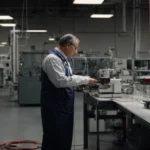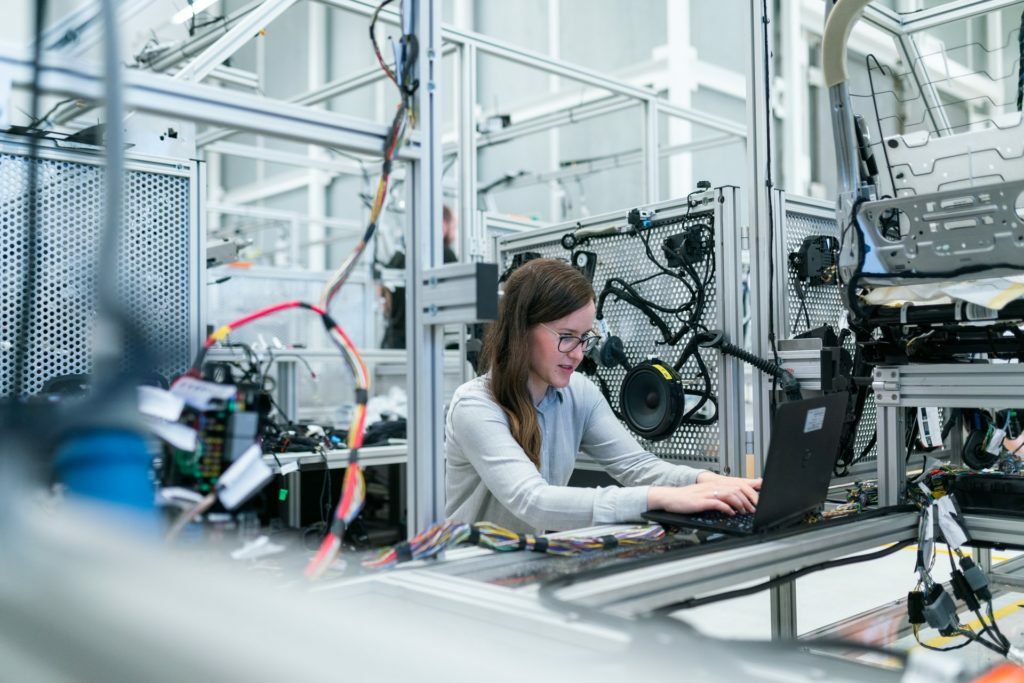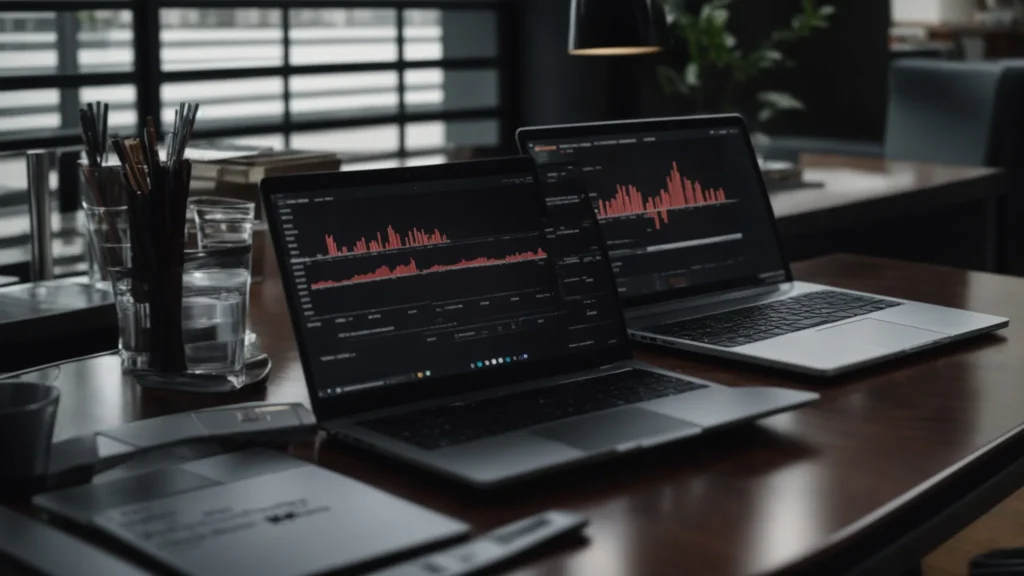Setting up any type of facility can be a costly and time-consuming experience. You’ll want to make sure that the facility which you’re building adheres to the rules and safety regulations that have been established by your local/ federal governments, in addition to ensuring that you have the proper tools and space needed. Figuring out the function of the facility can also go a long way in determining how the development of such a place will take place.
This is true for manufacturing facilities across the world. At its base level manufacturing is the production of products for use or sale, using labor and machines, tools, and chemical or biological processing or formulation. It is the essence of the secondary sector of the economy. Manufacturing (also known as industrial production) involves the making of articles on a large scale using machinery. Manufacturing encompasses a variety of industries including petroleum, steel, automobiles, aerospace, telecommunications, chemicals, electronics, food processing, consumer goods, lumber, and mining.
For each of these different economic arenas, the manufacturing facilities might be different once established. When each of the manufacturing facilities is created they share certain elements when it comes to their development. Below we will share some tips on how best to develop a manufacturing facility.
Figure out what you will produce.

When setting up a manufacturing facility, you’ll first need to figure out which items you’ll be producing. Choosing a specific item to produce can help to determine many things about the future of your manufacturing plant. When you figure this out, you can start planning, researching, and figuring out if there is in fact a market for the product or services which you will be offering. Different products will require different methods of developing your manufacturing facility.
When you find your audience, this helps you to find a solid footing on which to start. Say for instance that you have found a huge need for case erectors from businesses. Case erectors are devices that convert case blanks into fully erected, bottom-sealed cases. These devices can help in cases where a facility is struggling with opening a case, getting a case squared, or removing a jammed case. This can include producing different types of case erector machines including automatic case erectors. When you make the decision to sell these erector machines to customers who have a need for them, you have taken your first step towards developing your manufacturing facility.
Set realistic goals.
As with any new business, you’ll want to try to be as patient as possible when it comes to developing a manufacturing plant. Success doesn’t come overnight. It takes time for any burgeoning business enterprise to get rolling. Establishing a manufacturing plant is no exception to this rule.
Every business has to set goals which will they can realistically reach, no matter the industry, or how small or large it is. This can include defining quantifiable goals, setting a deadline, making these goals specific, and setting a deadline. For instance, let’s say your plant manufactures roofing materials for roofing businesses across the United States. Just as you have taken the time to set realistic goals to reach when setting up your plant, many of these roofing companies have done the same. They want to ensure that they receive repeat business after a customer does an internet search for “roofer near me”. These businesses want customers to keep coming back for whatever services they offer, including roof replacements, metal roof installations, and removing faulty asphalt shingles for a big roofing project.
These small businesses don’t begin with unrealistic expectations, just like you. They’ve set realistic timelines, while also consulting startup partners to ensure they are reaching these realistic goals. Just as you want to ensure that roofing companies continue to reach out to you for the best roofing related products, these small businesses also want to keep customers coming back. Setting realistic goals is a good way of developing your manufacturing facility.
Find the best location.
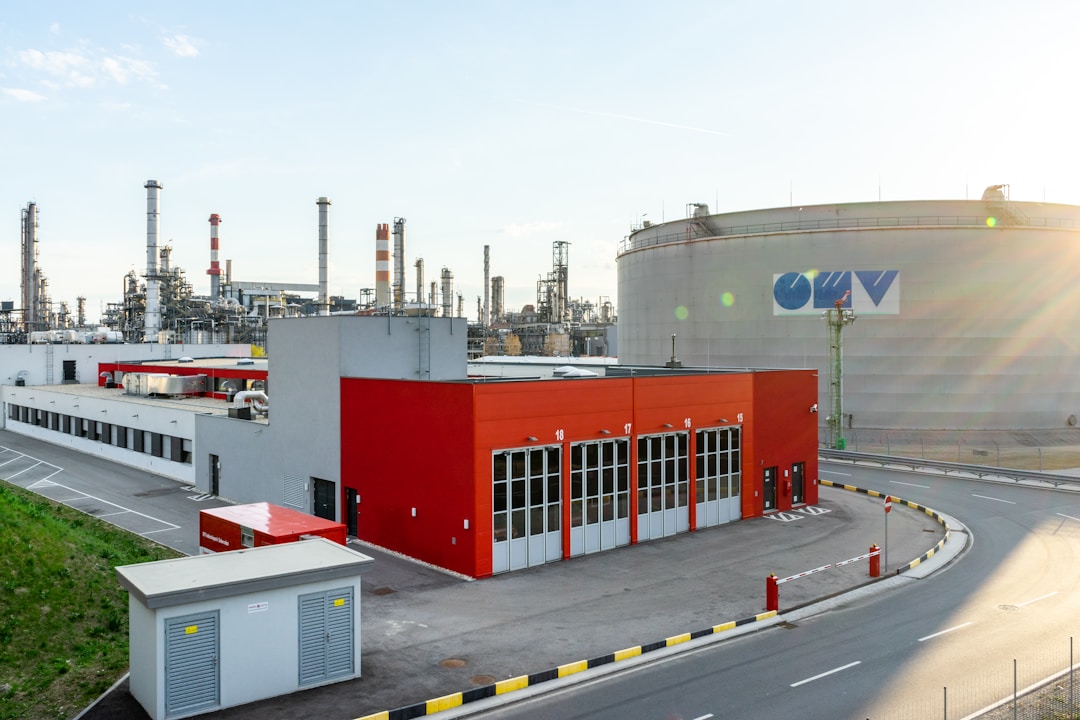
When you take the first step to build a manufacturing facility, you’ll need to determine where it should be built. Also, consider how much size you’ll need for your enterprise. Does it help to be closer to a metropolitan area, or further out where you don’t have to worry about so much traffic? Can you benefit from having a smaller building, or will you produce enough material to warrant a larger facility?
You want to have as much space as you’ll need for your needs as you can receive. Some of these needs might include including loading docks, employee parking, packaging equipment, and plant floor space. Determine how a certain location can influence labor costs. For example, if you want highly skilled employees and your plant’s area doesn’t have such pools of workers, your labor costs might be higher. Also take into consideration potential barriers such as wetlands, infrastructure, and potential economic incentives which can provide you with an inducement to build in certain locales. Finding a good location is a crucial step in developing a manufacturing plant.





